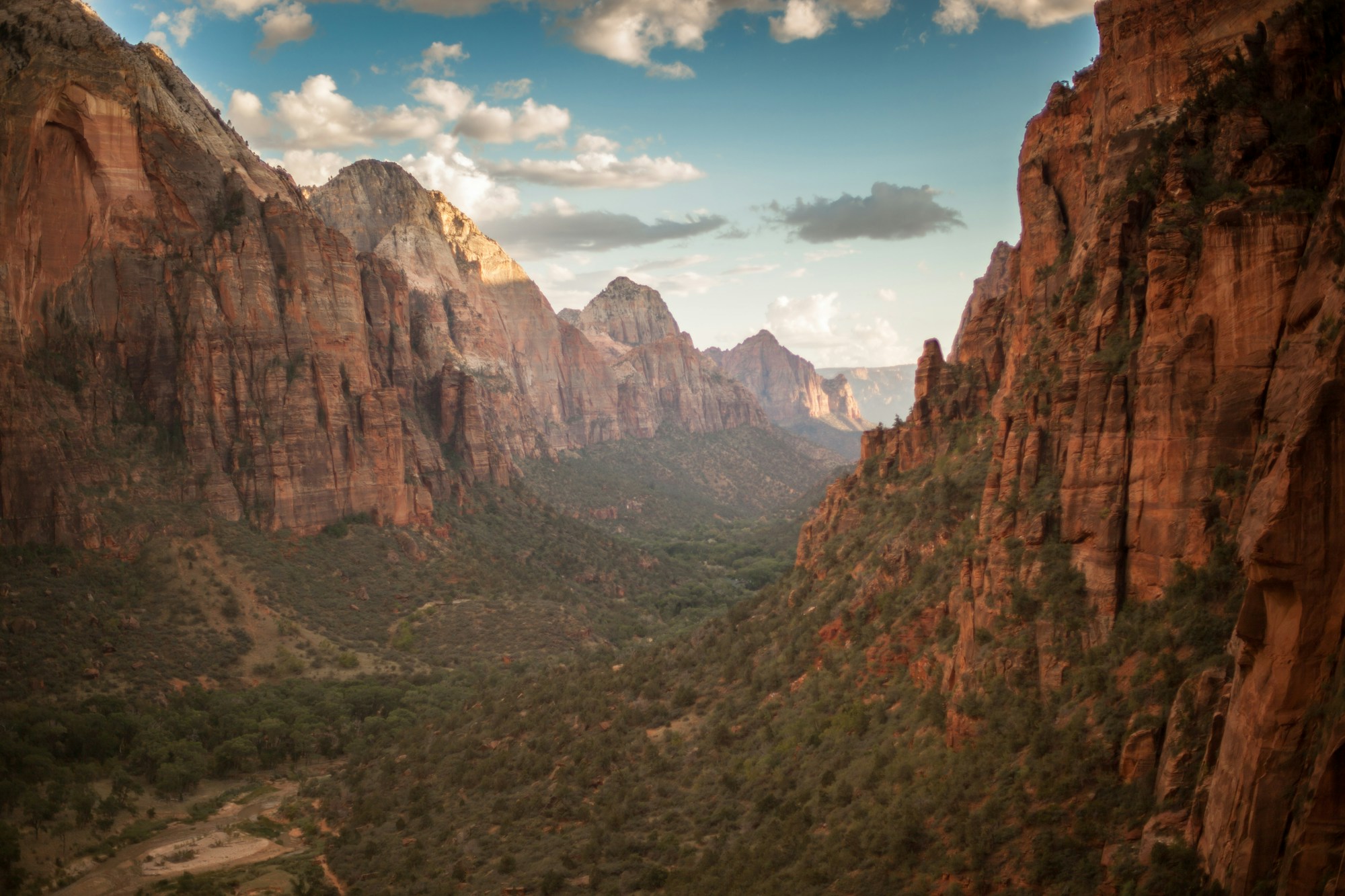Zion National Park Weather and Best Times to Visit Guide

Zion National Park Weather and Best Times to Visit Guide
Zion National Park, located in Utah, is known for its stunning red cliffs, canyons, and diverse wildlife. The park offers a range of outdoor activities such as hiking, climbing, and camping, making it a popular destination for nature lovers and adventure seekers. However, it's essential to be aware of the weather conditions in Zion National Park before planning your visit to ensure a safe and enjoyable experience.
The weather in Zion National Park varies significantly throughout the year, with distinct seasons bringing different conditions. Understanding the climate and weather patterns can help you plan the best time to visit and make the most of your trip.
Zion National Park Weather by Month
| Month | Season | Humidity | Temperature | Sun Hours | Rainfall |
|---|---|---|---|---|---|
| January | Winter | Low | Cold | 5 hours | 1 inch |
| February | Winter | Low | Cold | 6 hours | 1 inch |
| March | Spring | Low-Moderate | Mild | 7 hours | 1 inch |
| April | Spring | Low-Moderate | Mild | 9 hours | 1 inch |
| May | Spring | Low-Moderate | Warm | 10 hours | 1 inch |
| June | Summer | Moderate | Hot | 11 hours | 0.5 inches |
| July | Summer | Moderate | Hot | 10 hours | 0.5 inches |
| August | Summer | Moderate | Hot | 10 hours | 0.6 inches |
| September | Fall | Low-Moderate | Warm | 9 hours | 0.7 inches |
| October | Fall | Low-Moderate | Mild | 8 hours | 0.8 inches |
| November | Fall | Low | Cool | 6 hours | 0.8 inches |
| December | Winter | Low | Cold | 5 hours | 1 inch |
Best Times to Visit Zion National Park
The best times to visit Zion National Park are during the spring and fall seasons when the weather is milder, and the park is less crowded. Spring (March to May) offers pleasant temperatures and blooming wildflowers, making it ideal for outdoor activities like hiking and photography. Fall (September to November) brings cooler weather, stunning fall foliage, and fewer tourists, providing a peaceful experience in the park.
Summer (June to August) can be hot and crowded, but early mornings or late afternoons are excellent for enjoying the park's beauty while avoiding the midday heat. Winter (December to February) can be cold with occasional snow, but if you enjoy winter sports like snowshoeing or want to experience a quieter side of the park, this season can be rewarding.
Planning Your Visit
- Check the weather forecast before your trip and pack accordingly.
- Wear sunscreen, a hat, and sunglasses to protect yourself from the sun.
- Stay hydrated and carry water with you, especially during hot weather.
- Respect wildlife and follow park regulations for a safe and enjoyable visit.
